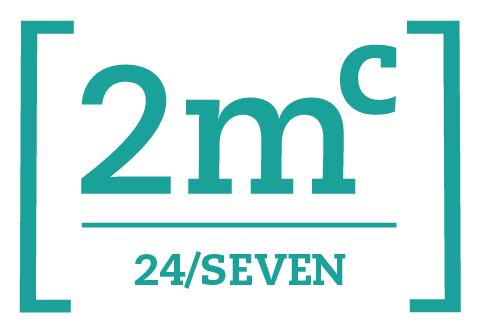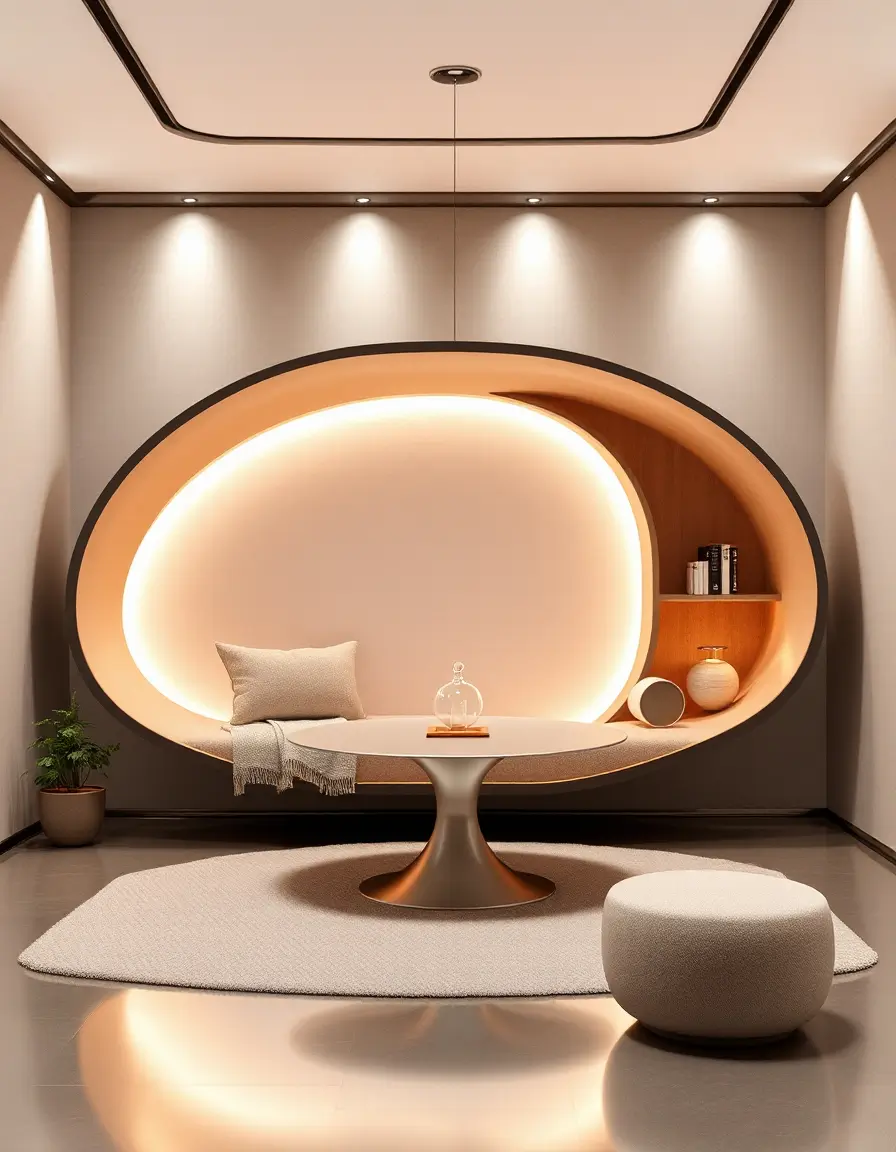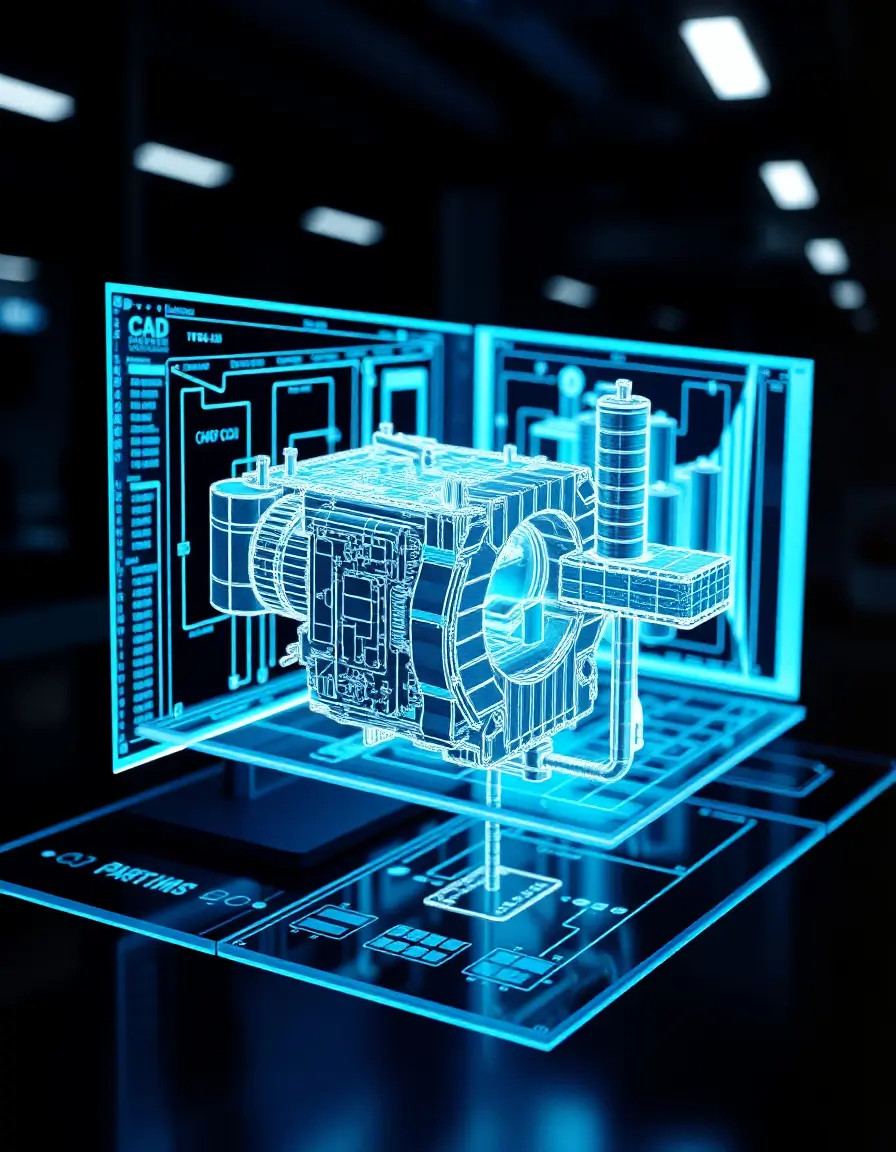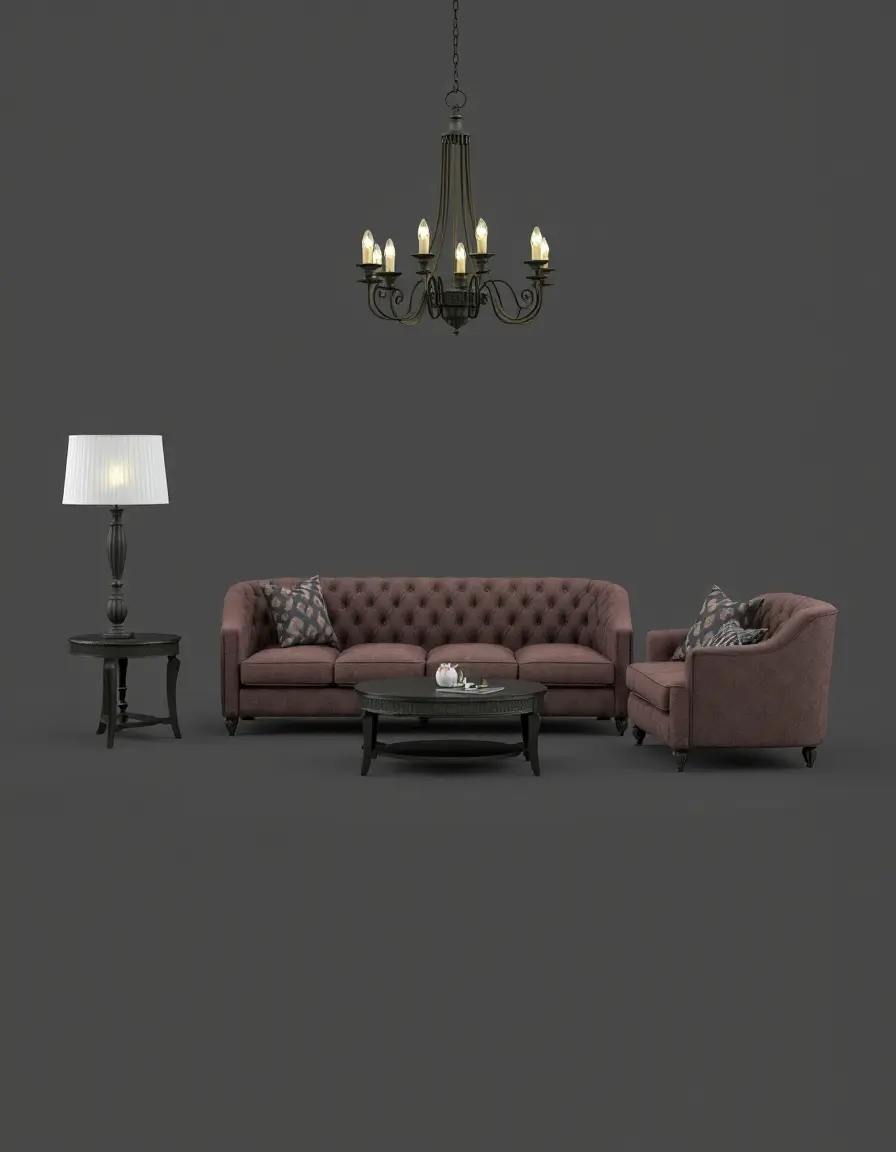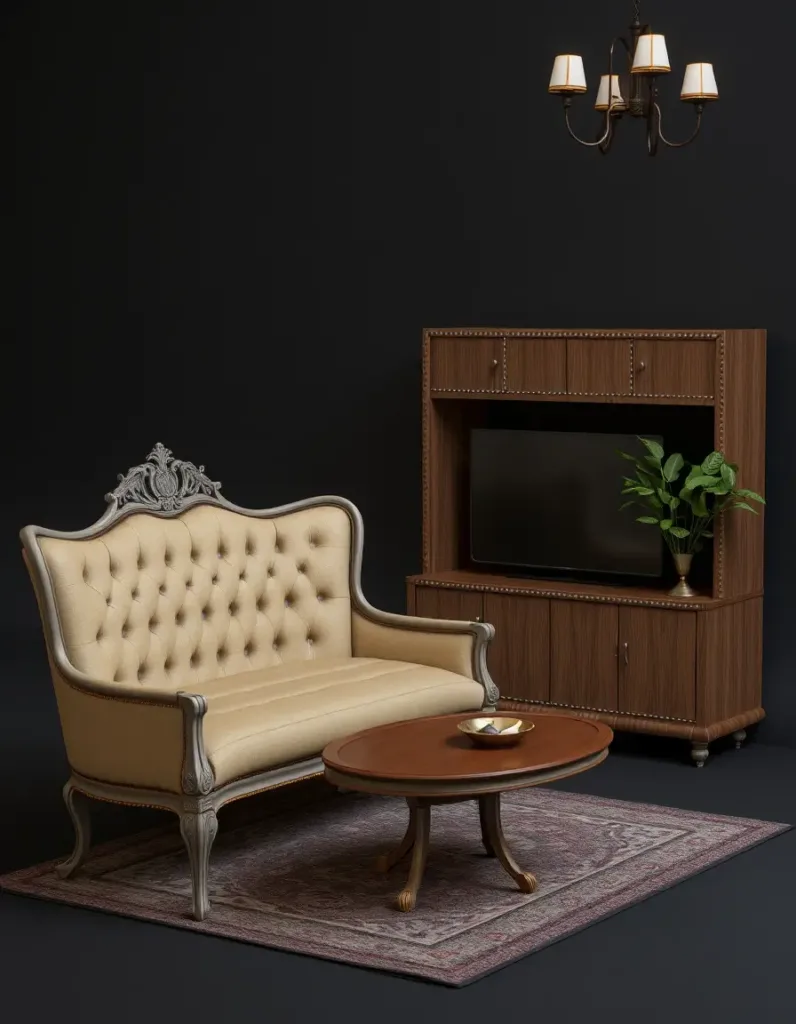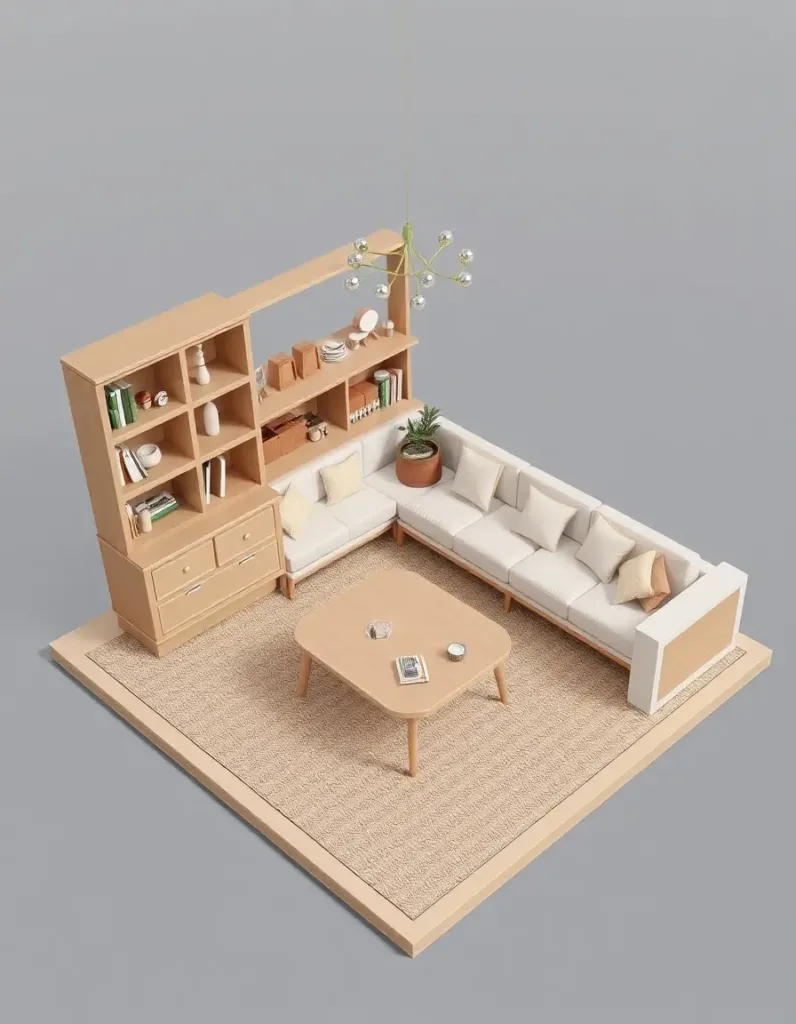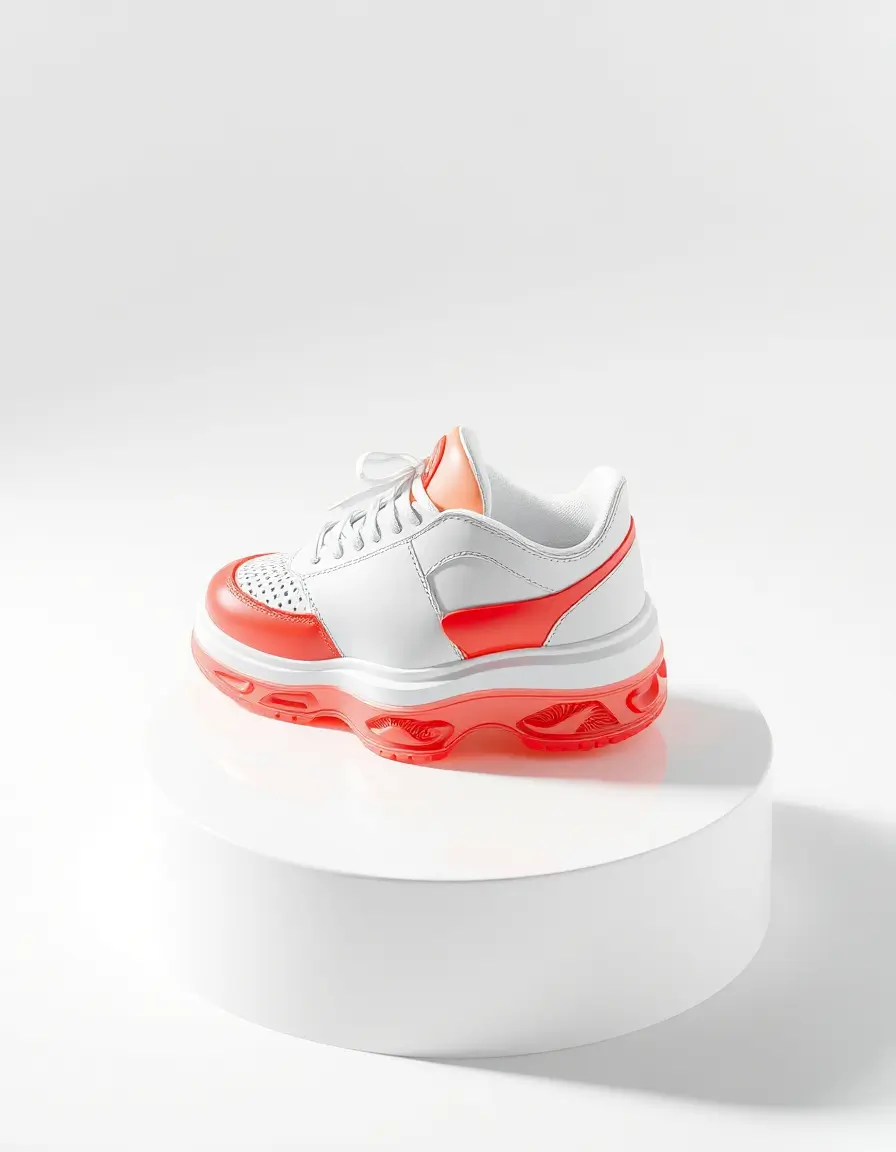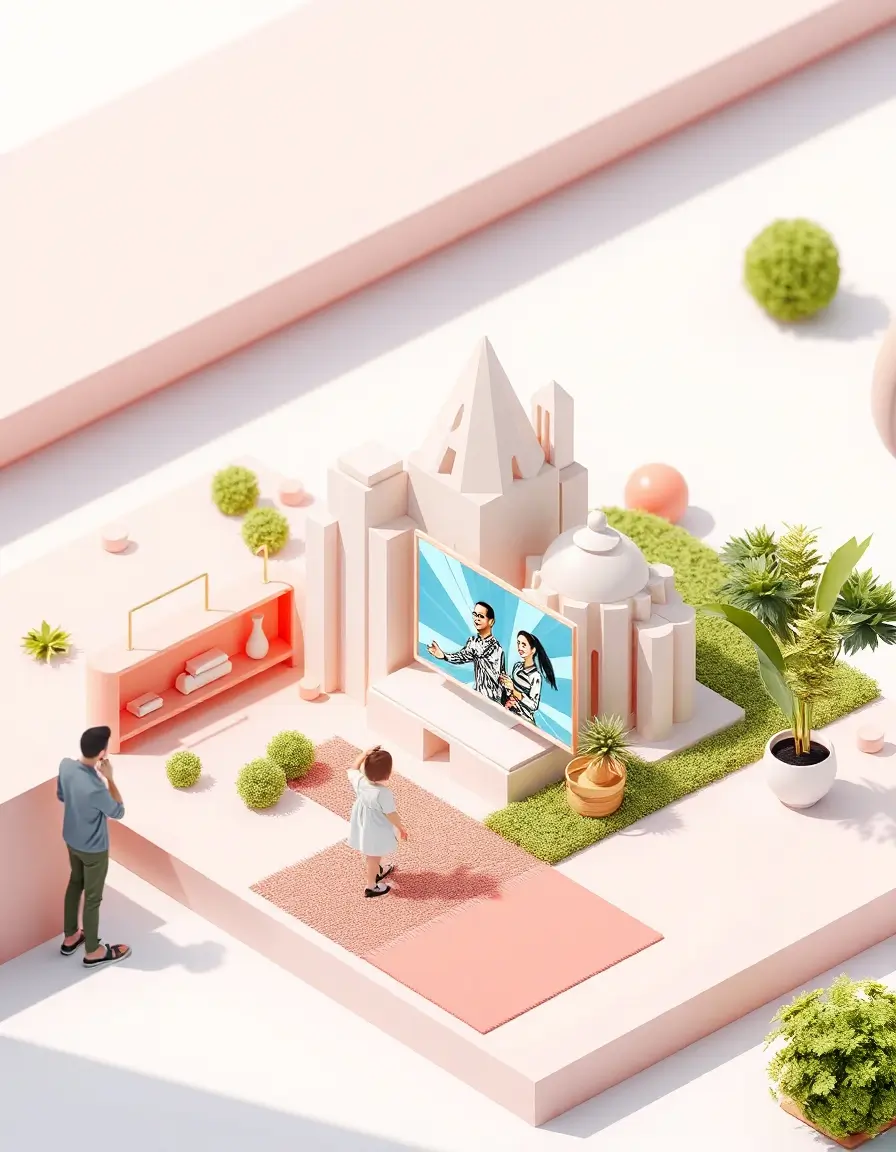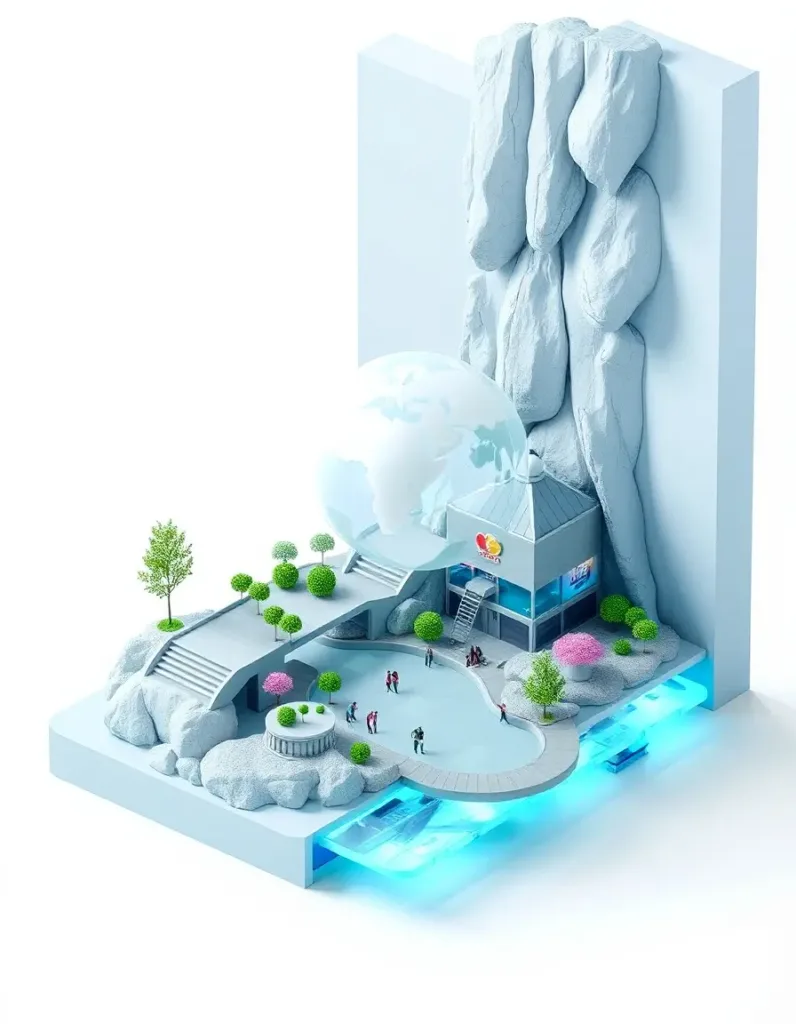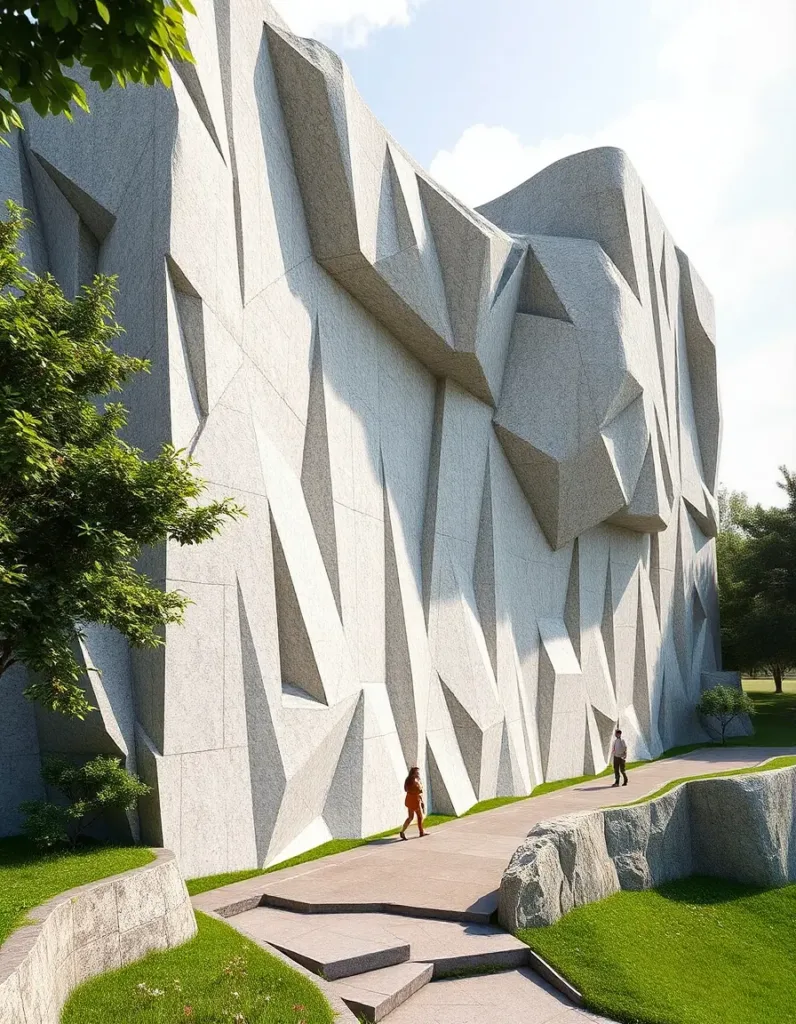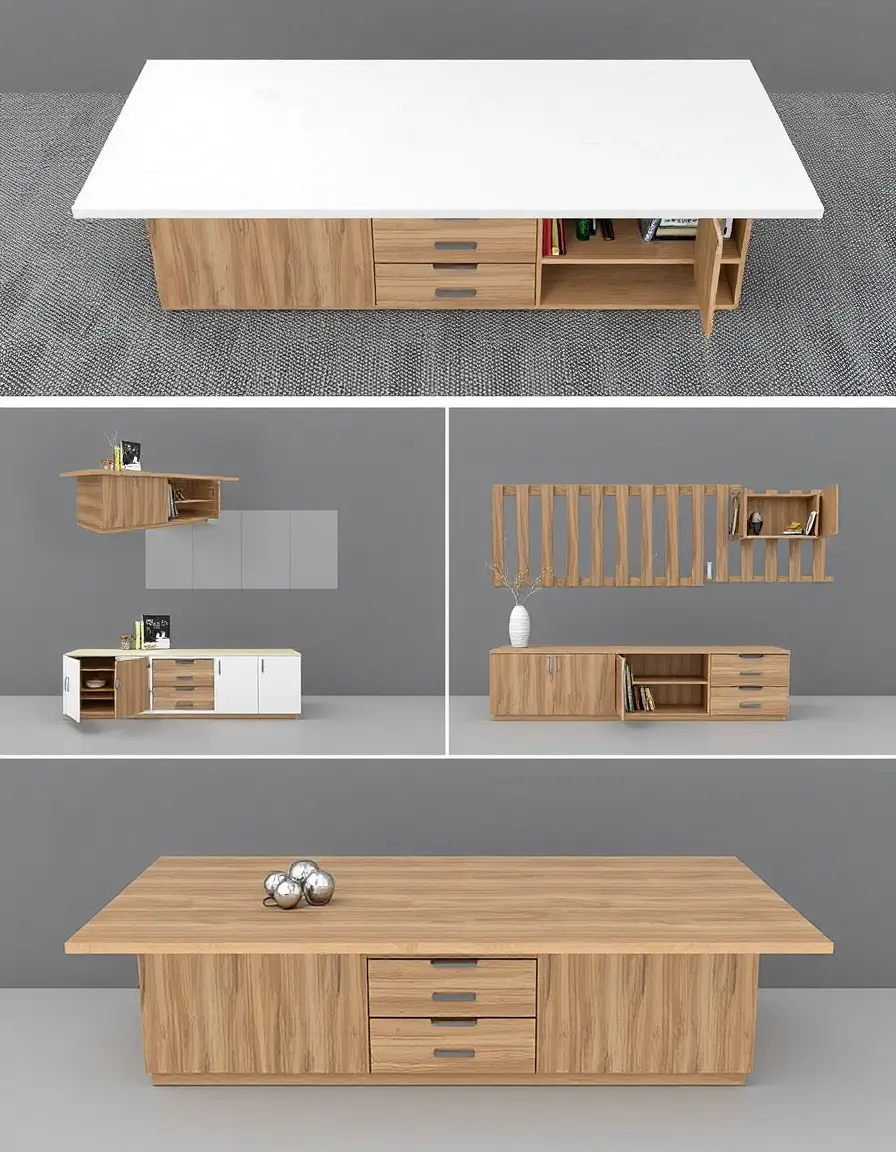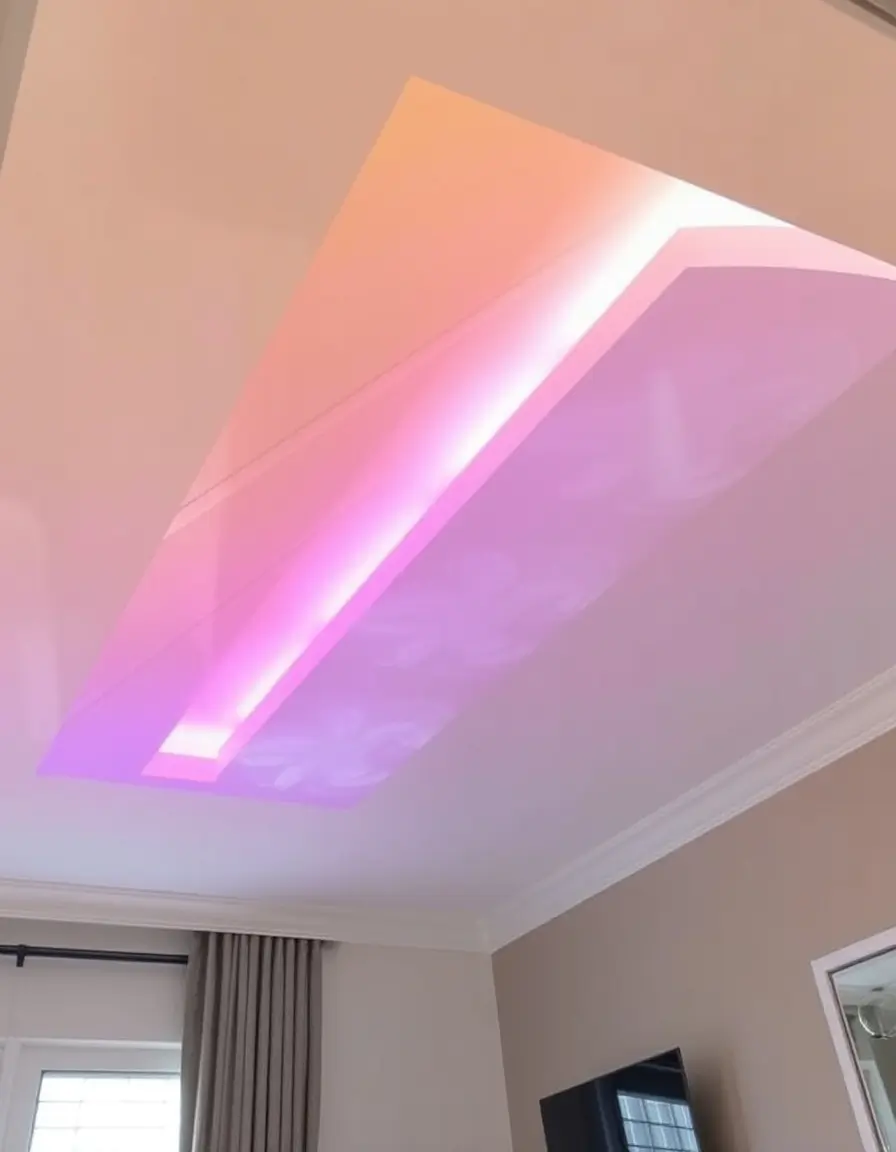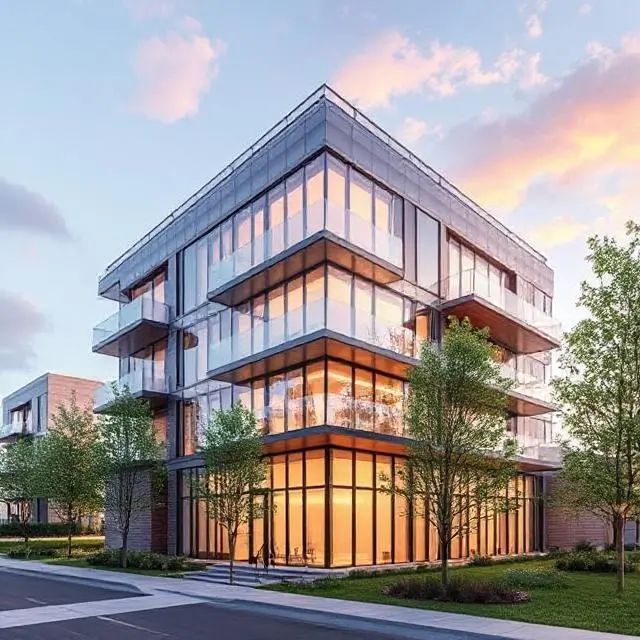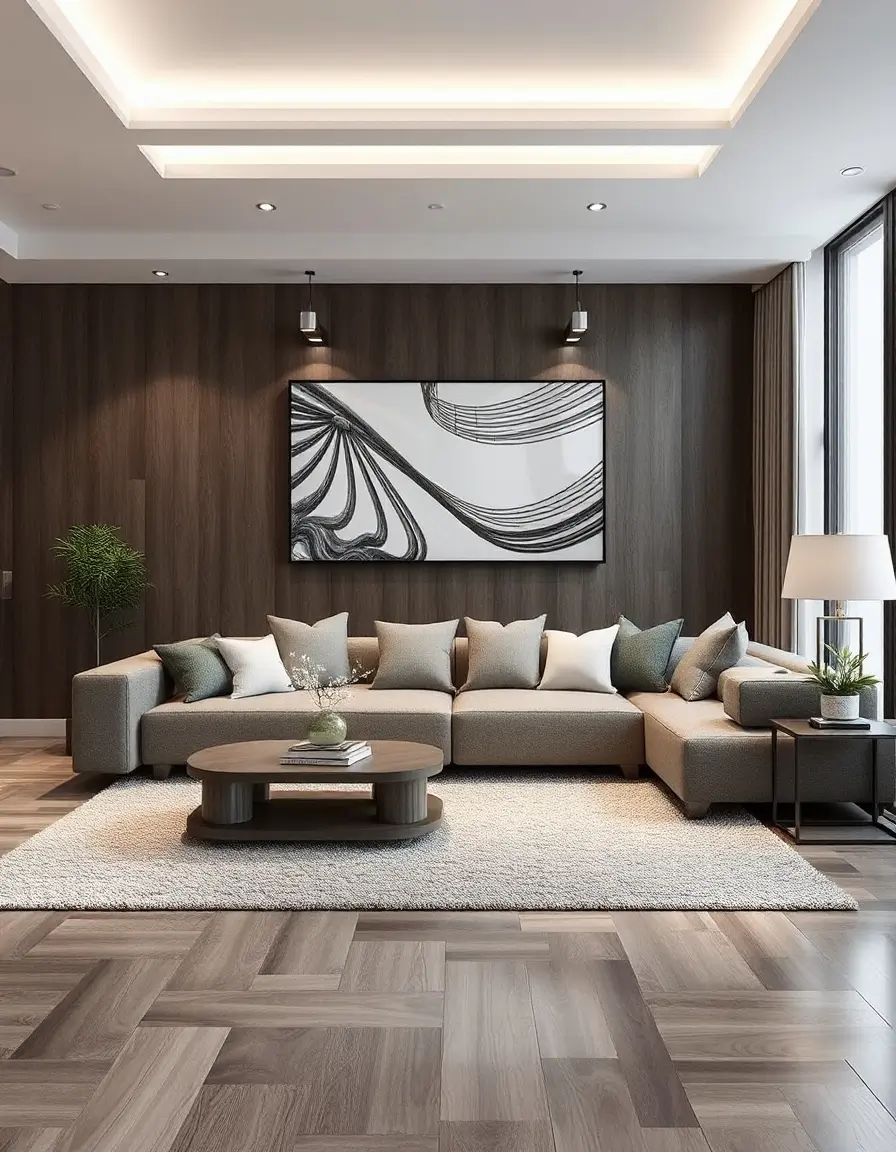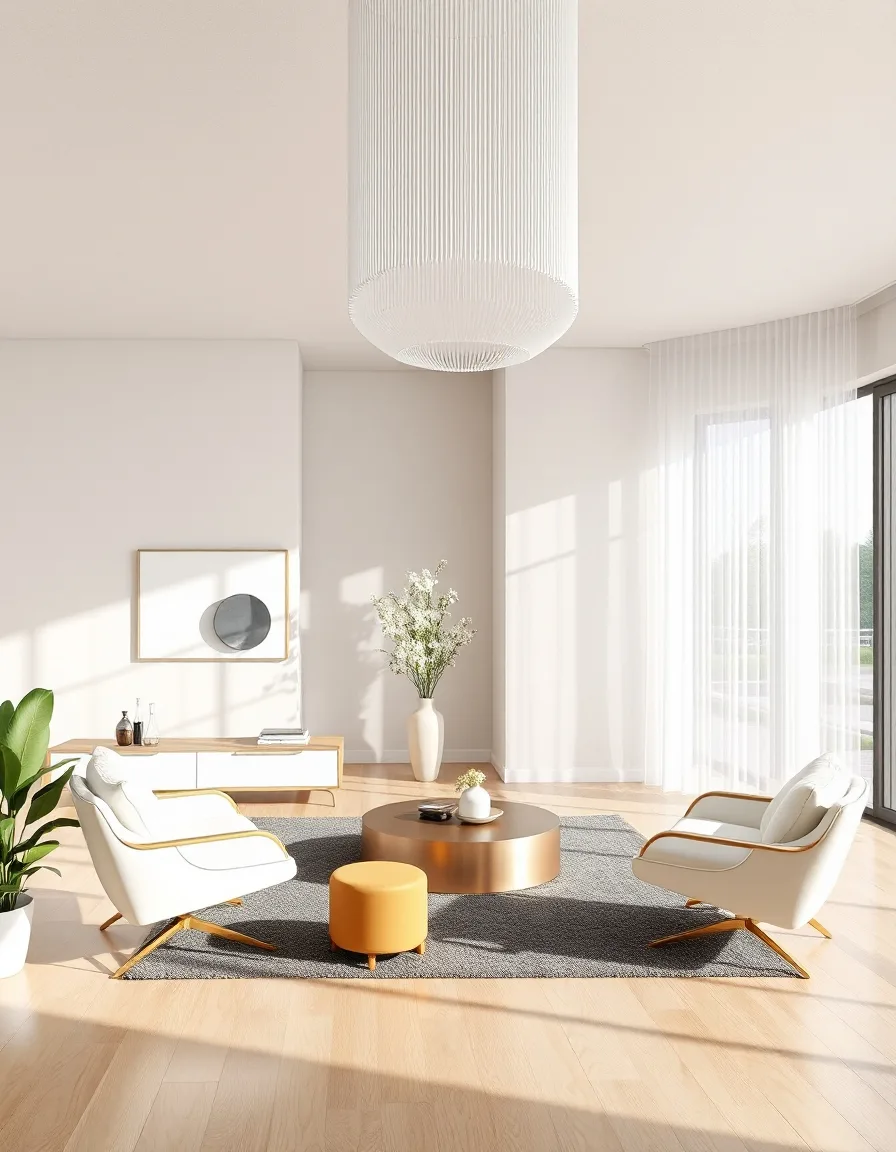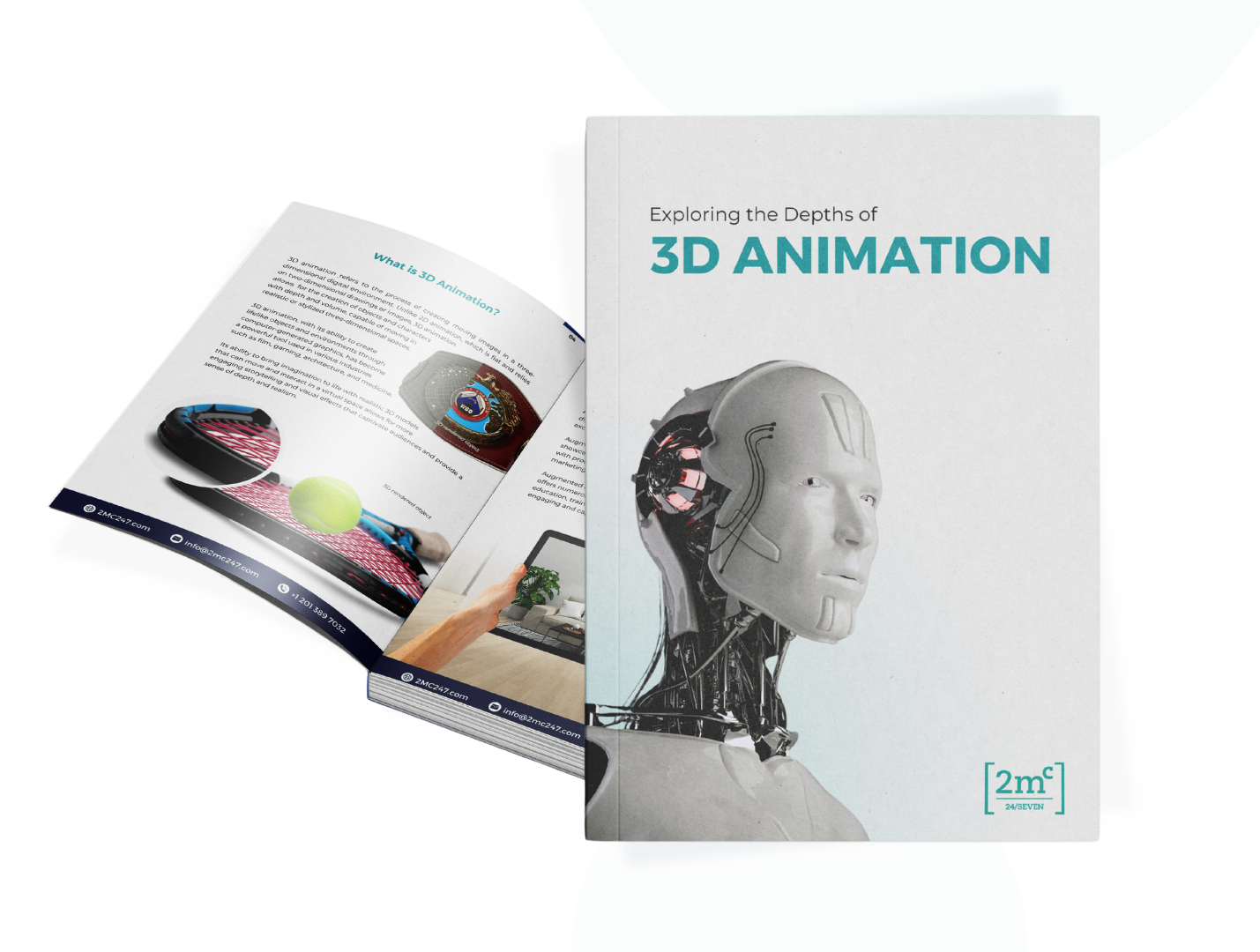As 3D design continues to evolve, staying ahead of the curve requires investing in the right tools and equipment. Whether you’re a seasoned professional or just beginning your journey in the world of 3D design, future-proofing your workflow in 2025 is essential to ensure seamless creativity, efficiency, and output. The next wave of technology promises even faster render times, more intuitive software, and greater customization. Here’s a breakdown of the best tools and equipment you’ll need to ensure your 3D design workflow is ready for the future.
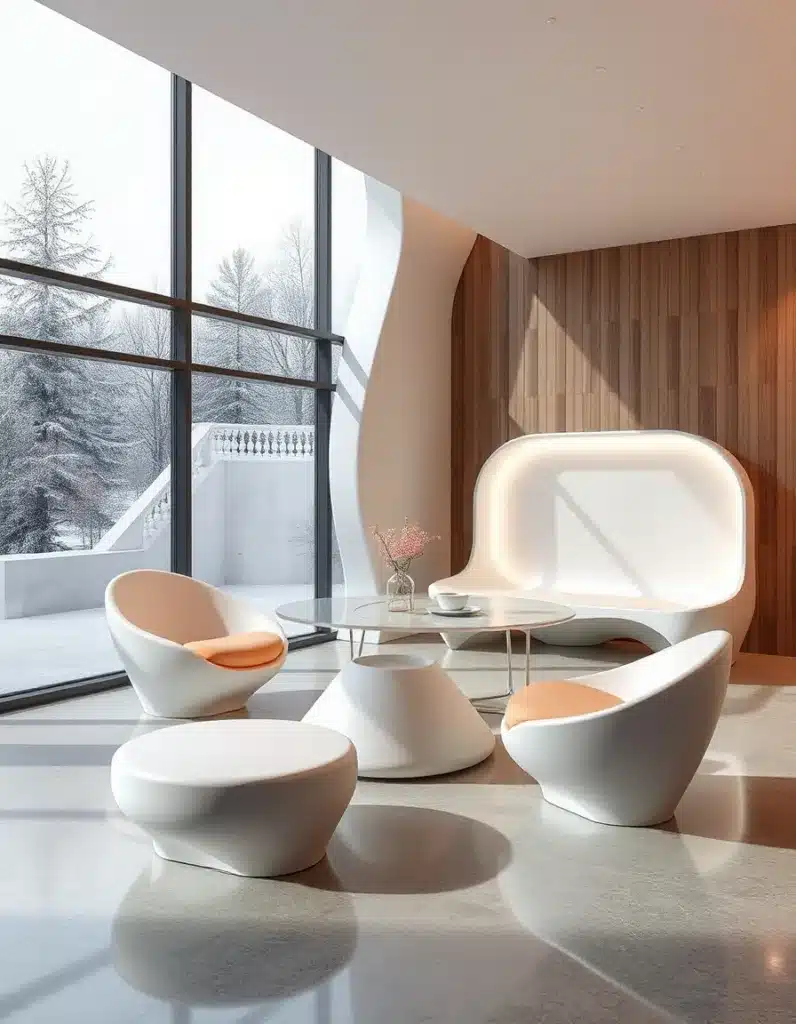
1. Powerful Workstations and High-Performance PCs
When it comes to 3D design, performance is key. In 2025, having a top-of-the-line workstation will make a significant difference in your workflow. Look for machines equipped with high-performance processors like Intel Core i9 or AMD Ryzen 9. These will allow you to tackle complex 3D models, animations, and simulations with ease.
Additionally, pair these processors with professional-grade GPUs. The NVIDIA RTX series (RTX 4000 or 5000) remains an excellent choice for designers, offering advanced rendering features and real-time ray tracing, which will be crucial as 3D design becomes more immersive and realistic. The combination of a powerful CPU and GPU ensures that your renders are quicker, more accurate, and more realistic.
2. Cutting-Edge Software
In 2025, software options for 3D designers will continue to push the boundaries of what’s possible. The go-to design programs, like Autodesk Maya, Blender, Cinema 4D, and 3ds Max, will still be staples, but there will also be new and emerging tools designed to enhance your productivity and creativity.
For rendering in 2025, real-time rendering engines like Unreal Engine 5 and Unity are becoming increasingly popular. These engines offer photorealistic graphics and lighting features that significantly enhance the realism of 3D models and environments.
Cloud-based tools will also be more prevalent, allowing for easier collaboration across teams and providing the ability to access your projects from anywhere, anytime. Consider integrating Autodesk Revit for architectural design, or SketchUp for user-friendly modeling tasks that sync with your primary software seamlessly.
3. High-Resolution Monitors for Precision
As a 3D designer, screen clarity and color accuracy are crucial. In 2025, 4K monitors or even 8K displays will become more accessible and affordable. OLED and IPS displays provide superior color consistency and vibrancy, which is especially important for working on intricate textures, materials, and lighting effects in your designs.
When selecting a monitor, consider one with a wide color gamut (covering sRGB, Adobe RGB, or DCI-P3), which will allow you to see your work with incredible accuracy. Some monitors now also come with built-in color calibration to ensure consistent performance over time.

4. Advanced Input Devices
A mouse and keyboard are fine for basic 3D design tasks, but for more intricate modeling, investing in specialized input devices is worthwhile. A 3Dconnexion SpaceMouse is a must-have for designers who require full control of their models in three dimensions. These devices allow you to pan, rotate, and zoom in ways that are far more intuitive than traditional navigation methods.
For those focusing on sculpting and detailing, a pressure-sensitive stylus (such as a Wacom tablet or Huion tablet) will give you precise control over the flow and detail of your work, mimicking the feel of traditional tools but within a digital environment.
5. Enhanced Storage Solutions
3D design files are typically large and require a significant amount of storage space. Solid-state drives (SSDs) are essential for faster read and write speeds, allowing for smooth workflow and quick file access. While traditional hard drives are still useful for long-term storage, upgrading to an SSD for your active projects will drastically reduce load times and improve efficiency.
In addition, with cloud storage continuing to gain traction in 2025, consider leveraging platforms like Google Drive, Dropbox, or Amazon S3 for real-time backups and easy file sharing.
6. Collaboration Tools
Collaboration is a crucial part of the modern 3D design workflow. In 2025, expect to see more tools specifically designed for designers to collaborate seamlessly, whether it’s with other 3D artists, clients, or entire teams. Tools like Trello, Slack, and Asana can help with project management, while specialized platforms like Ftrack or Shotgun are built specifically for creatives working on 3D projects, offering version control, asset tracking, and task management.
7. Augmented Reality (AR) and Virtual Reality (VR) Integration
As the world of 3D design continues to grow, the integration of AR and VR into your workflow will be increasingly important. With Oculus Quest 3 or HTC Vive Pro, designers can view and interact with their creations in a virtual space, helping them to better understand spatial relationships and make decisions based on a more immersive perspective.
AR and VR not only improve collaboration and design validation but will also open up new ways to showcase your 3D creations to clients and stakeholders.
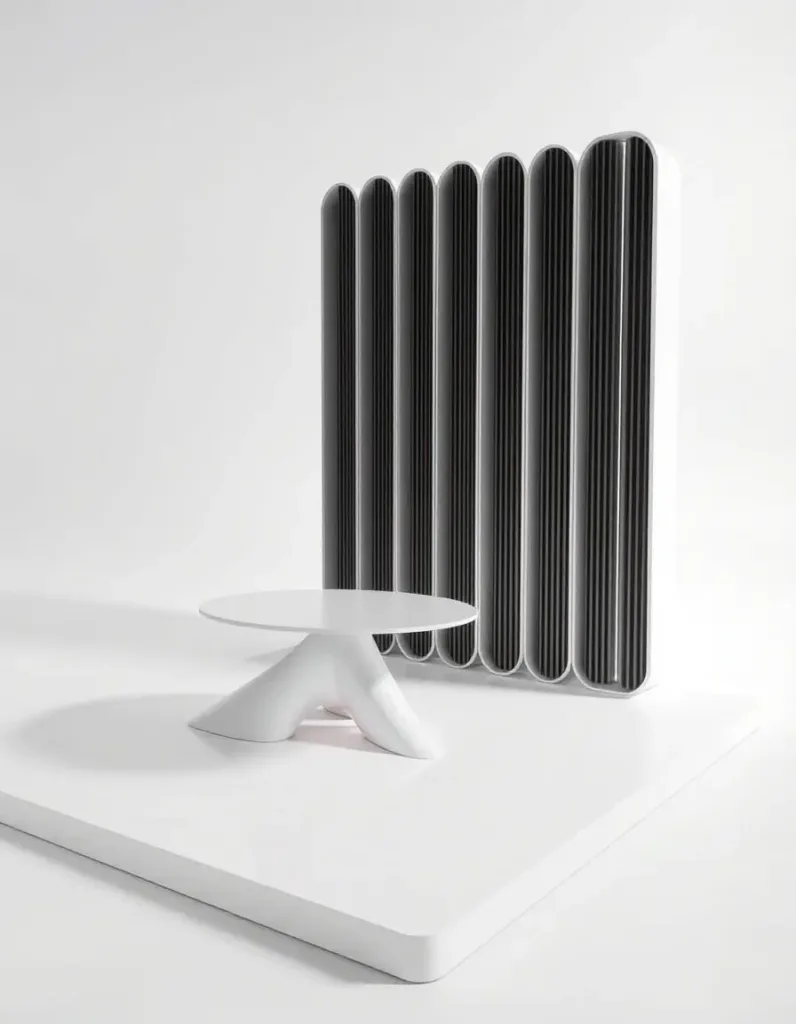
Get Ready for the Future of 3D Design
Investing in the right tools for 2025 ensures that you’re not only keeping up with the trends but leading them. Whether it’s upgrading your hardware, using the latest software, or incorporating new technologies like VR and AR, the future of 3D design is full of opportunities to innovate and create at the highest level.
Ready to elevate your 3D design workflow? Get in touch with us at 2MC 24/7 to discuss how we can support your design needs with cutting-edge tools and professional 3D visualization services. Whether you’re working on architecture, e-commerce, or marketing visuals, we’ve got you covered with fast, high-quality results tailored to your business.
